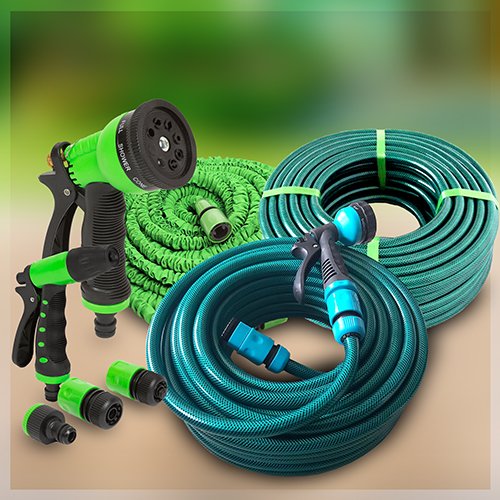If you’re new to the world of flowers and have never grown them before, or would benefit from a few simple reminders about flower care, the following 14 tips should be helpful:
- Water regularly
In the heat of the summer, flowers need to be watered at least once a day to prevent them from shriveling up and dying. In the cooler, wetter months, flowers can be watered twice a week.
2. Use fertilizers
All plants need adequate nutrients to survive, and if you don’t add the appropriate fertilizers to your soil, your flowers will never thrive.
3. Weed often
Competing with resources and often harboring pests and diseases, weeds should be removed before they have an adverse effect on your flowering plants.
4. Mulch
Helping the soil to retain moisture, mulching is recommended where water is scarce and can also help to control weeds and regulate soil temperature.
5. Give them enough light
Flowers without access to enough light will never thrive; find out how much light the plants in your garden need to survive and ensure they’re getting enough of it.
6. Regulate pests
All it takes is one pest to kill a plant, so do your best to prevent them by weeding regularly and installing barriers or traps, and applying pesticide where appropriate.
7. Regulate diseases
Equally as harmful as some pests: fungi, bacteria and viruses can cause diseases that kill plants and spread throughout your entire garden. Control them with the use of appropriate treatments.
8. Protect from animals
Herbivores and even pet cats and dogs can destroy a flower bed in minutes! Protect your garden from animal attacks by installing barriers such as small fences.
9. Pinch and prune
Pinching is when the stem tips are removed to encourage growth and promote good shape, while pruning is when overgrown branches and stems are cut back to control growth; you’ll need to determine which method is best for your flowering plants.
10. Thin and cull
These methods are employed when there are too many plants all vying for the same resources, such as food, water and light, and should be carried out if your garden is crowded and your plants are struggling to survive.
11. Use stakes
Some plant stems may need additional support to prevent them snapping or growing incorrectly, and using a stake or rod fixed to the ground and tied to the stem with rope or twine, is an effective way of helping with this.
12. Deadheading
Prolong the blooming period of your flowering plants by removing the old or dead flower heads, using a process called deadheading.
13. Clean your tools
Unclean tools can quickly spread diseases among your plants, so disinfect them before and after every use.
14. Replace your soil
Losing its physical properties over time, soil can lose its capacity to sustain plant growth. If this occurs, you can simply replace the soil.
Caring for your flowering plants takes dedication and effort, but with the right tools and a little bit of know-how, you can have a beautifully blooming garden, all year round.



